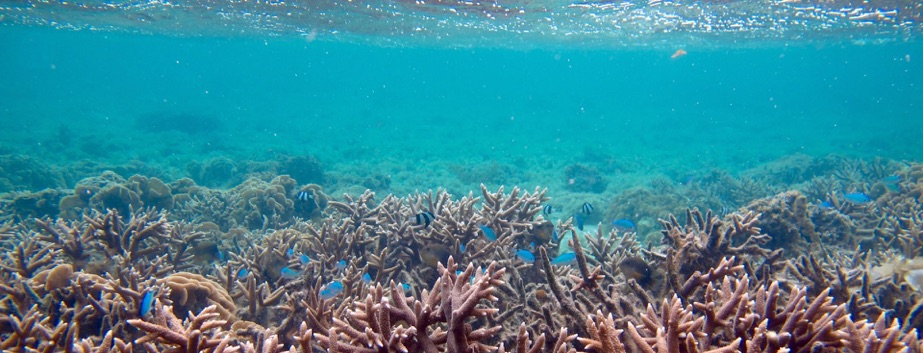Research
Biogeography, Evolution, and Conservation
University of Hawaiʻi at Mānoa
Research
Biogeography, Evolution, and Conservation
University of Hawaiʻi at Mānoa
Seafood
The decline and collapse of many of the world's fisheries has led to widespread concern about where our seafood comes from. Although extensive fisheries exploitation now has consumers eating down the marine food web, many consumers are not fully aware of this due to “seafood substitutions,” in which less valuable fish are mislabeled and sold under the names of more expensive ones. Consumer fraud is one obvious consequence of these substitutions, but mislabeling of overexploited species also creates the false impression for consumers that many overfished threatened species are actually plentiful in their local groceries.
Our lab used a molecular genetic forensic approach to investigate patterns of seafood substitutions in two species, red snapper (Lutjanus campechanus) and Chilean sea bass (Dissostichus eleginoides). For red snapper, we found that >75% of fish sold under the name market name “red snapper” (the U.S. Food and Drug Administration's legally designated common name for L. campechanus) are in fact other species. Another startling fact that emerged from this study was that some of the fish sold as Red Snapper were rare snapper species not yet catalogued in genetic databases. Many other similar studies have been done since ours, recently summarized in a 2013) report from Oceana and a 2009 report from the GAO.
For Chilean sea bass, we tested whether fish sold in groceries with labels from the Marine Stewardship Council (MSC) were actually harvested from the only fishery that had been (in 2010) certified by the MSC as a sustainable stock. In addition to species substitutions, we also found that among fish that were actually Chilean sea bass, 15% possessed mitochondrial DNA (mtDNA) variants (haplotypes) that have never been found before in the certified fishery. The simplest explanation for our results is that fish from uncertified fisheries are being added to the supply chain for MSC certified Chilean sea bass. Although social marketing of seafood like certified sustainable Chilean sea bass could be a useful tool directing consumers towards sustainable fisheries, our study shows that the mislabeling of Chilean sea bass undermines this basic conservation goal.






My lab has published a new study in which we characterized the relationship between Chilean sea bass mislabeling and mercury levels as a way to investigate the potential for unexpected mercury exposure for consumers. The main finding of this new paper was that species substitutions and fishery stock substitutions together obscure a very complex pattern of mercury contamination in Chilean sea bass that can put consumers unknowingly at risk of ingesting greater levels of mercury than the labeling would suggest. How much mercury? If the fish come from waters around the sub-Antarctic Island of South Georgia, where mercury accumulation rates in Chilean sea bass appear to be small, mercury levels in the fish will be well below permissible limits for most countries and should not be a concern. However, if the fish came from Chile, they can have 2-3 times as much mercury, often above or approaching import limits for the USA, Canada, and the European Union.
College of Natural Sciences, University of Hawai‘i at Mānoa, Honolulu, Hawai‘i 96822
